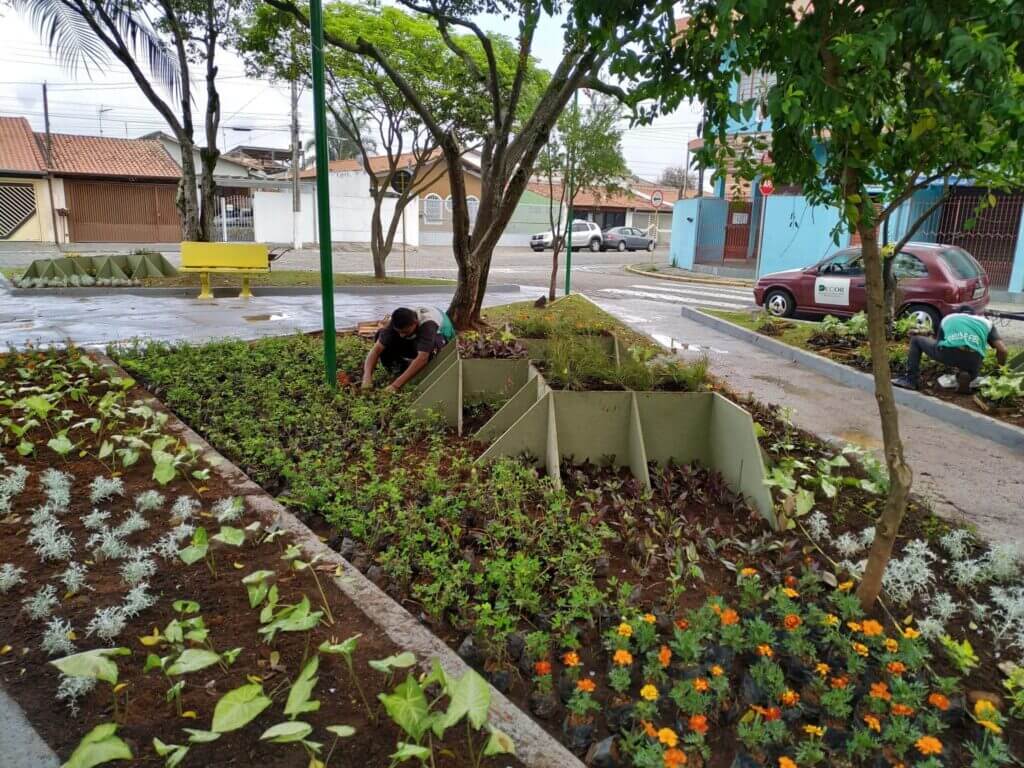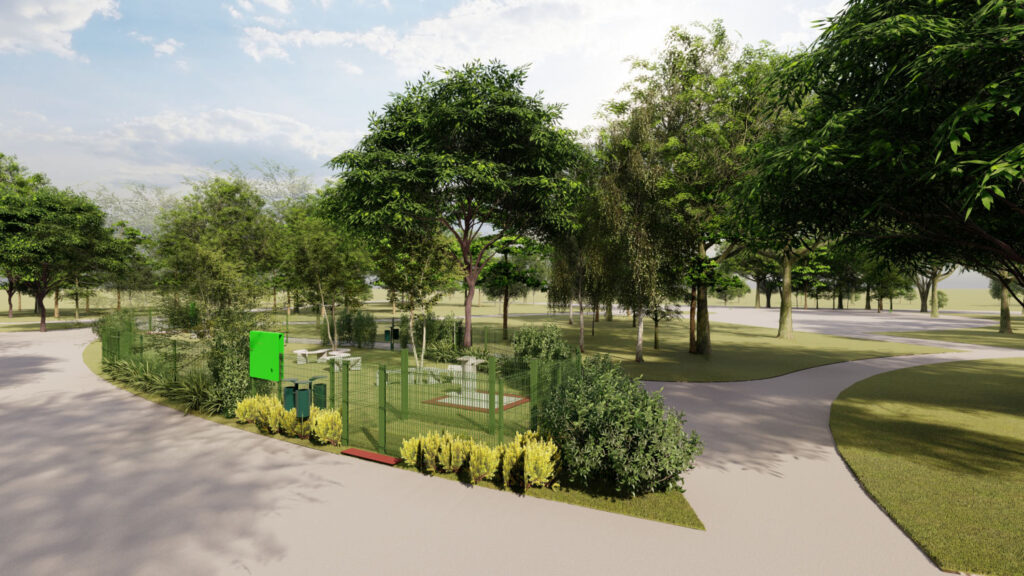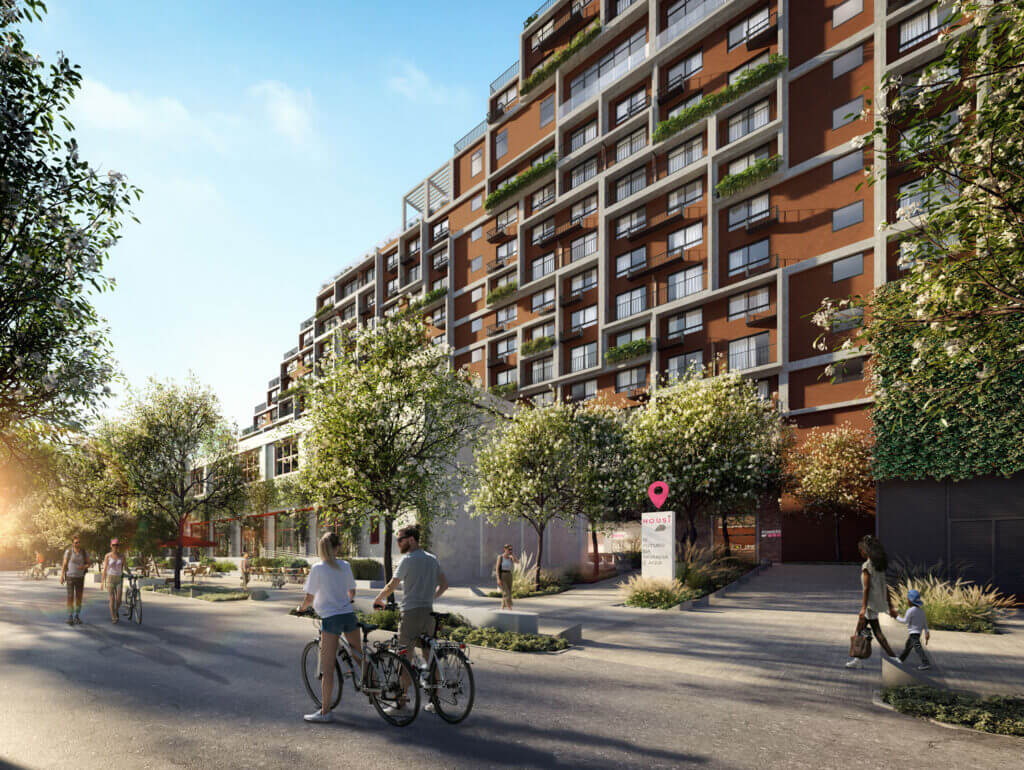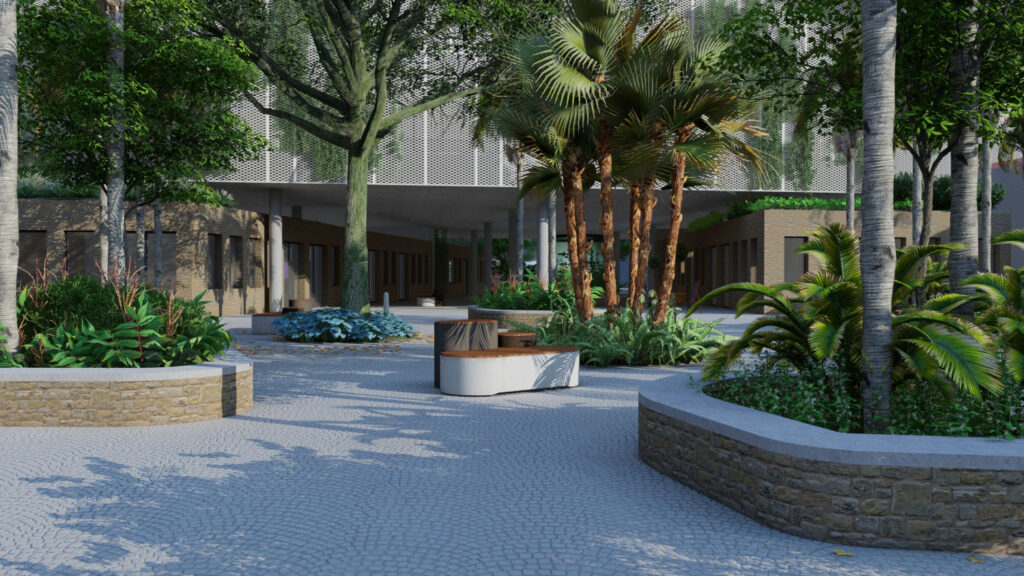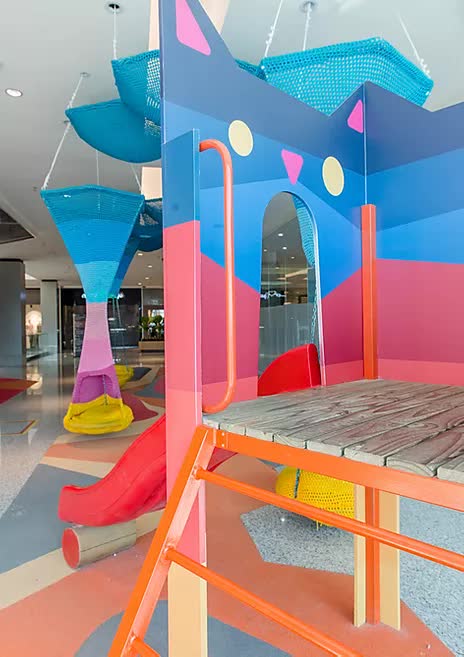O conceito de praça é algo secular. Há muitos anos as pessoas vêm se encontrando em espaços urbanos livres para socializar. Não existe apenas uma única maneira de se notar uma praça: existem aquelas totalmente pavimentadas, aquelas com jardins, com lagos ou fontes, com brinquedos ou com pequenos comércios, como uma banca ou floricultura. Um projeto de praça bem planejado considera todos esses elementos para criar um ambiente acolhedor e funcional para a comunidade.
Learn how to plan a sustainable square project
Para iniciar o planejamento desses espaços urbanos de encontro e, em alguns casos, de preservação da natureza, é fundamental entender a vocação do espaço e suas características físicas, assim como o contexto urbano. Avaliar o entorno e a vizinhança é o primeiro passo para o equilíbrio social e cultural do espaço que se pretende planejar, tornando-o um suporte para a comunidade local. No projeto de praça, é essencial que as praças sustentáveis não sejam compostas apenas por árvores e elementos urbanos instalados, mas que cumpram uma função de desenvolvimento humano em meio urbano.
Understanding environmental resources is the second step in planning public squares that involve the natural environment, including characteristics such as topography, rainfall, natural light, connection with the surroundings (captured landscapes) and landscape elements that can reinforce and structure the space in question , such as large trees and shrubs.
The third step is the evaluation of material resources and elements used in floors, benches, trash cans, light fixtures, walls, toys and gym equipment. Often, it is necessary to carefully assess the use and its existence, as excessive or random urban elements can disqualify the planning as a whole and, consequently, make the long-term maintenance of the public space more complex.
A square, whether dry or abundant in vegetation, is one of the most appreciated places by residents of urban centers, together with the park systems of a municipality, as they provide moments of socialization, rest and also fun. Squares are essential and fundamental meeting points for urban life, from a small town to a metropolis, becoming points of reference.
Leia também sobre as praças lineares
Therefore, it is worth mentioning that, in addition to a good square design, it is essential to maintain sustainable squares in terms of cleanliness, safety and the activities carried out. These public spaces must be highly resilient with plants, furniture and other easy-to-maintain solutions, because, as the space gains use, the interest in the surroundings increases, intensifying the gradual use by people, therefore, in this regard, thinking about the activities and their evolution over time is fundamental for us to arrive at a socially constructive planning. Under this bias, there is no public space project without understanding and social participation.
The more quality public spaces a city has, the greater the quality of life of its residents, the greater the engagement and the feeling of belonging to public places. The commitment of public managers, as well as the population, is fundamental for the promotion of new spaces and maintenance of existing ones, with efficient management policies that guarantee the safety of all. It is also essential to have committed people who can become ambassadors of the space and who can take care of it, organize activities and events to bring quality of life to everyone who has the possibility to enjoy the place.
See too: Projeto de academia ao ar livre: por que é importante?
Plantar Ideias sustainable design and projects
THE Plant Ideas has been carrying out a series of projects to revitalize and redefine public spaces in squares, some relying directly on the engagement of the local community, such as the project Smart Cities, in which gardening, urban design and landscaping training workshops were held with the population. Together, the team and the community, they renovated five squares throughout the interior of São Paulo.
Know more: Sustainable architecture | square landscaping | Área de convivência externa | sustainable projects | Design sustentável

